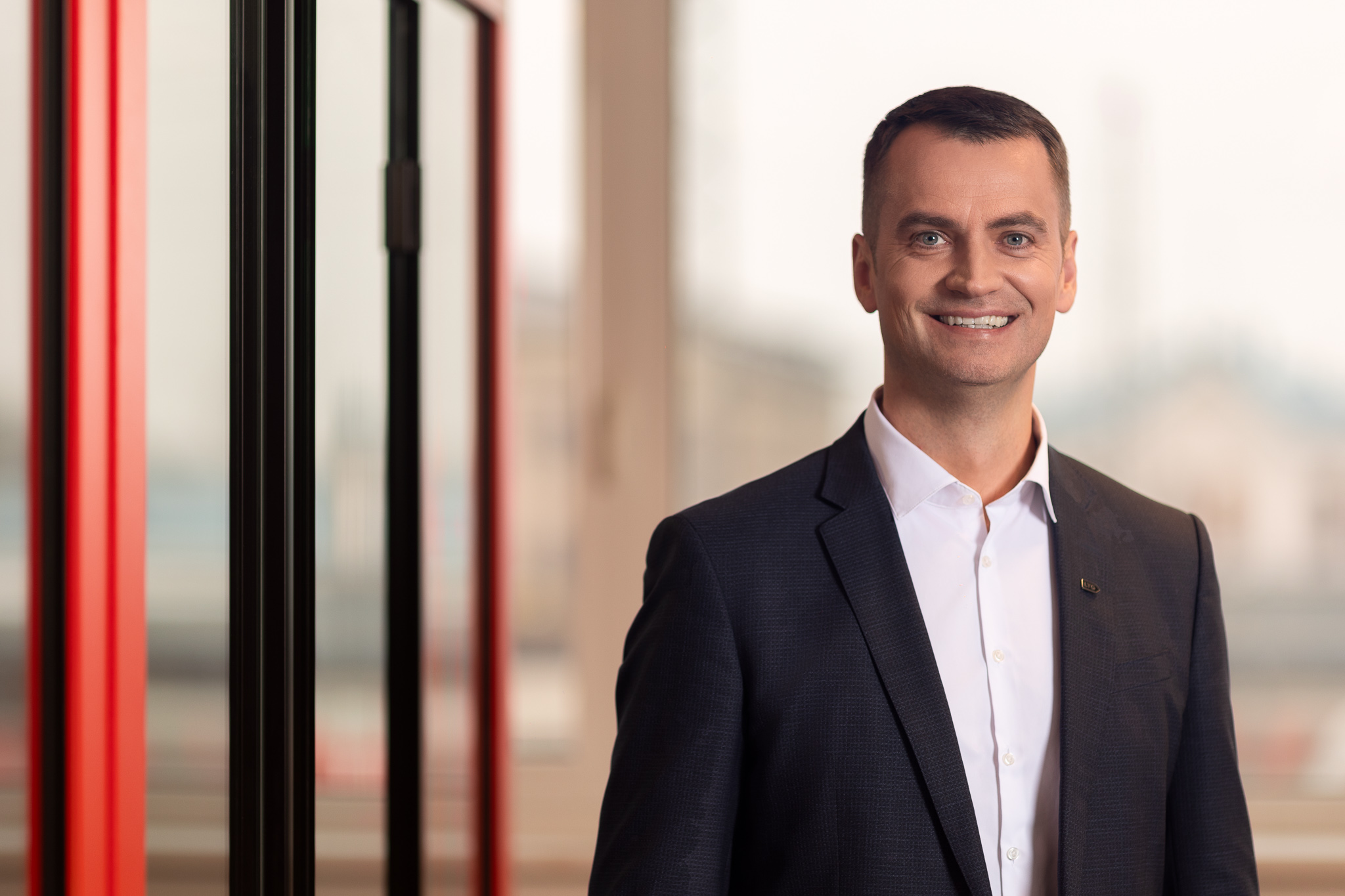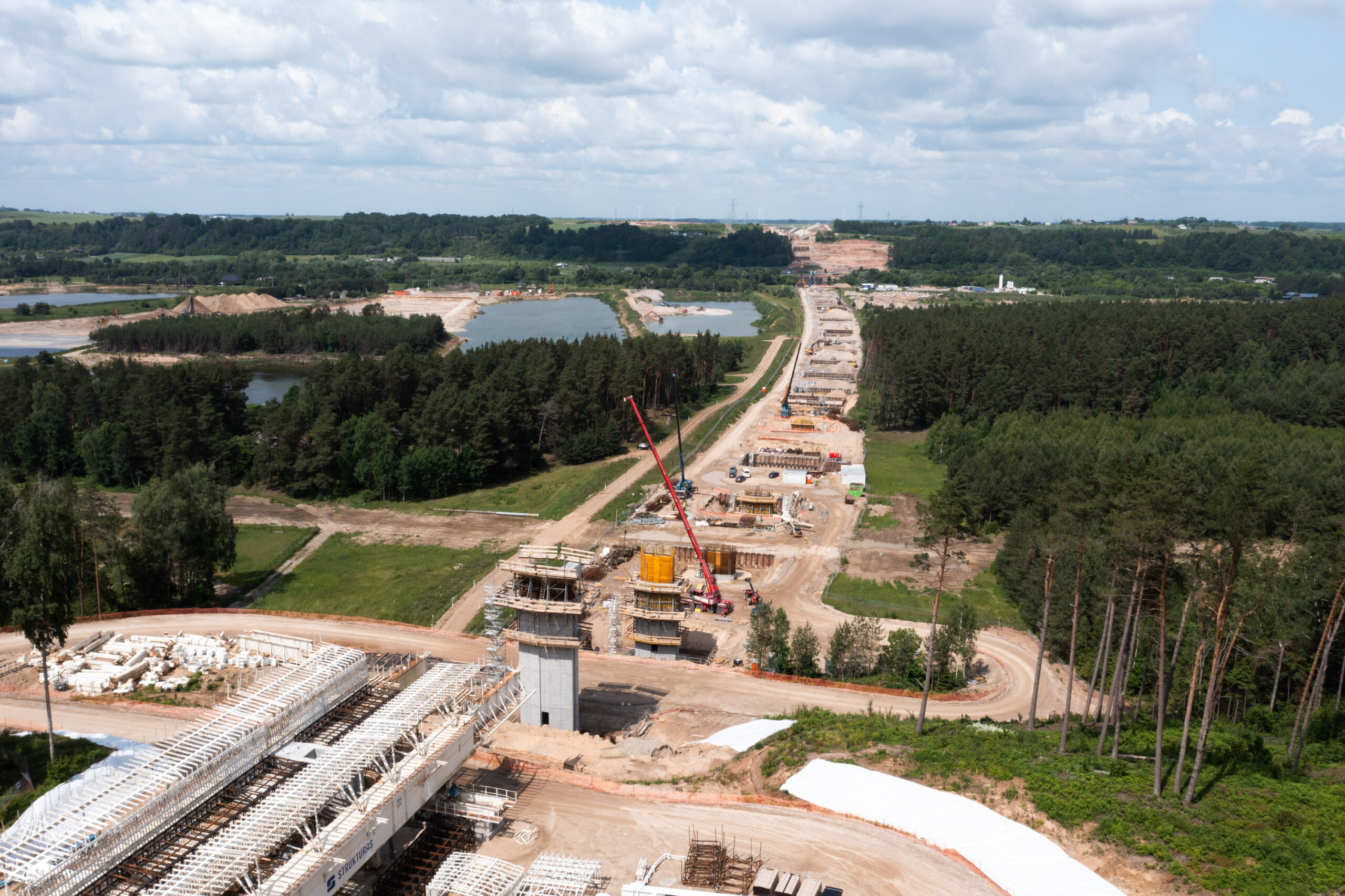Rail infrastructure has long been recognised as a cornerstone of economic resilience, sustainability, and connectivity across Europe. In Lithuania, recent studies have shown that each euro invested in rail infrastructure generates more than double its value for the state. Yet the question remains: should we invest now, or delay and face higher costs in the future?
In this article, Vytis Žalimas, CEO of LTG Infra, outlines why timely investments in rail infrastructure are essential, how they benefit the economy, environment, national security, and society, and why Lithuania must embrace long-term and stable financing models to secure its competitiveness in the decades to come.
Investing in the future of rail: why acting now matters
By Vytis Žalimas, CEO of LTG Infra
Investments in rail infrastructure in Lithuania pay off twice over, which makes borrowing for project implementation today more economically advantageous than postponing them to the future. To maintain and develop the country’s strategic infrastructure, it is vital to ensure long-term and stable financing now.
Borrowing today, while the cost of capital remains relatively low, is a rational choice. When the return on investment is double the cost, and projects serve for decades, borrowing becomes not a risk but a tool for realising opportunities. Every delayed project ultimately means a more expensive solution tomorrow.
Moreover, by investing now, we avoid shifting today’s solvable challenges onto future generations.
Research shows that each euro invested in rail infrastructure generates a return of €2.04 to the state. For example, in 2023, €290 million allocated from the state budget and EU funds for rail maintenance, repair, and development generated nearly €591 million of value. This is clear proof that investments in this sector are both effective and necessary.
Infrastructure investments create long-term benefits across four key areas:
Economic: a developed rail network strengthens national competitiveness and logistics efficiency, boosts foreign trade, and creates jobs.
National security: effective rail infrastructure ensures the mobility of military equipment and efficient civilian evacuation capacity – both critical in today’s geopolitical context.
Environmental: electrified railways reduce greenhouse gas emissions, lessen the need for road transport, and decrease road congestion.
Social: improved infrastructure reduces traffic accidents, lowers travel costs and time for residents, and enhances workforce mobility between regions.
It is also important to note that LTG Infra has significantly increased operational efficiency. According to the 2023 report of the European rail infrastructure managers’ platform PRIME, Lithuania’s rail network maintenance costs are 21% lower than the EU average, reduced by as much as €30,000 per kilometre over five years.
Lithuania also stands out with its efficient freight transport system – freight accounts for 46% of network use (compared to the EU average of about 20%). However, there is still room for growth in passenger transport: only 1% of passengers currently choose trains, compared to an EU average of 7%, and more than 17% in Switzerland.
Despite improving efficiency indicators, a long-term and stable financing model is essential to maintain and expand infrastructure.
At present, Lithuania receives less public funding for rail infrastructure than most European counterparts – around 28% less per kilometre than the EU average. Even the funding available is directed largely towards two major projects – Rail Baltica and the electrification of the Vilnius–Klaipėda line. While these are crucial priorities, they absorb nearly the entire investment budget, leaving little to maintain the existing network, let alone modernise it or adapt it to passenger needs. At the same time, in the long-term, the state has set ambitious tasks for the LTG Group: full electrification of the network, as well as infrastructure modernisation and expansion.
Some EU countries finance rail infrastructure not only through EU funds and national budgets but also through borrowed capital. A mixed financing model allows for the faster implementation of strategic projects, particularly when EU and national support does not cover all costs. Given that the economic return on projects – as shown by the Lithuanian case – outweighs borrowing costs, this is a rational and proven approach. Countries such as Germany, France, and Italy have long adopted this practice when expanding their rail networks.
To safeguard and develop Lithuania’s strategic rail infrastructure, it is essential to ensure long-term, stable, and sufficient financing. This would enable not only the maintenance of the current network but also the realisation of new projects. The current economic environment, efficient use of resources, and clear investment returns create favourable conditions for the state to borrow and invest now rather than wait for a more expensive future. This is a rational approach already used by other EU countries with mixed financing models. Lithuania has every opportunity to act strategically – investing in infrastructure that generates value today and secures competitiveness for tomorrow.
Read the original article in Lithuanian here: https://www.linkedin.com/pulse/investicijos-%C4%AF-gele%C5%BEinkelius-atsiperka-dvigubai-tad-kur-vytis-zalimas-futuf/

